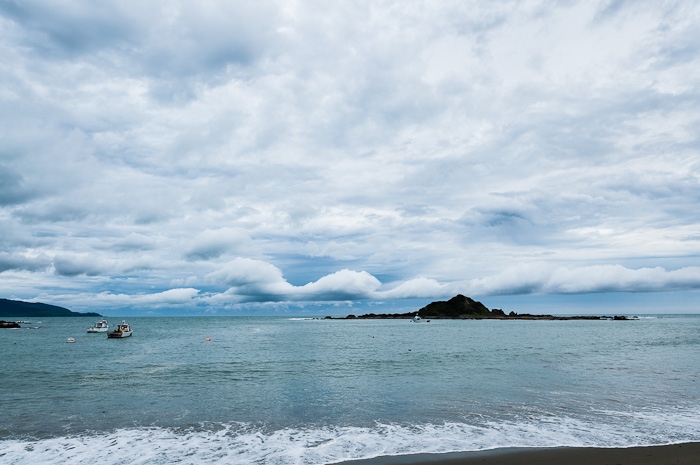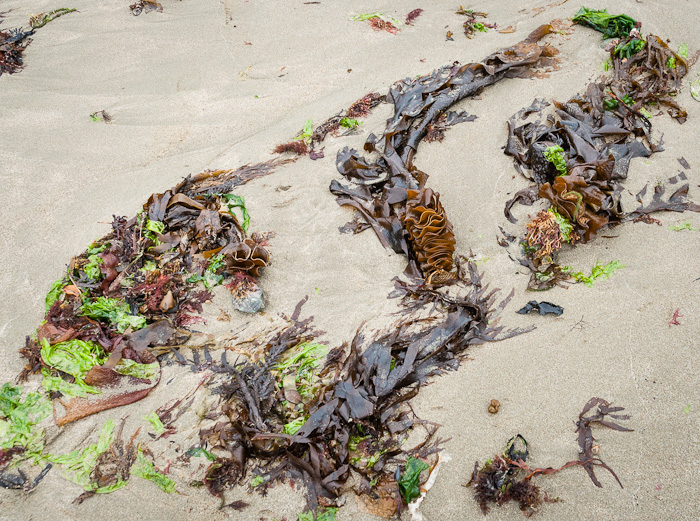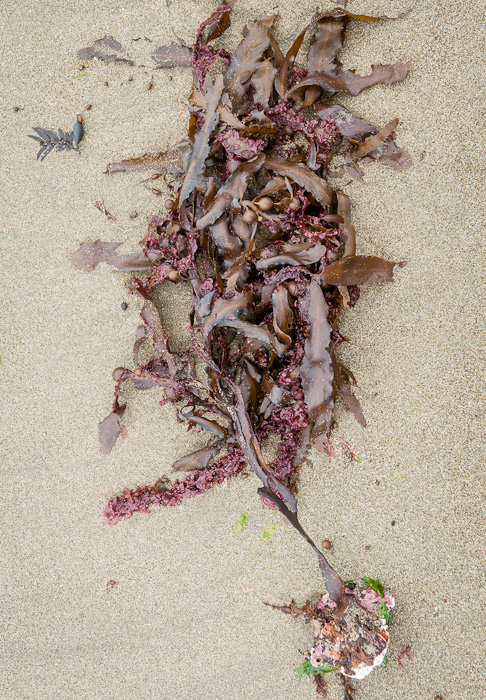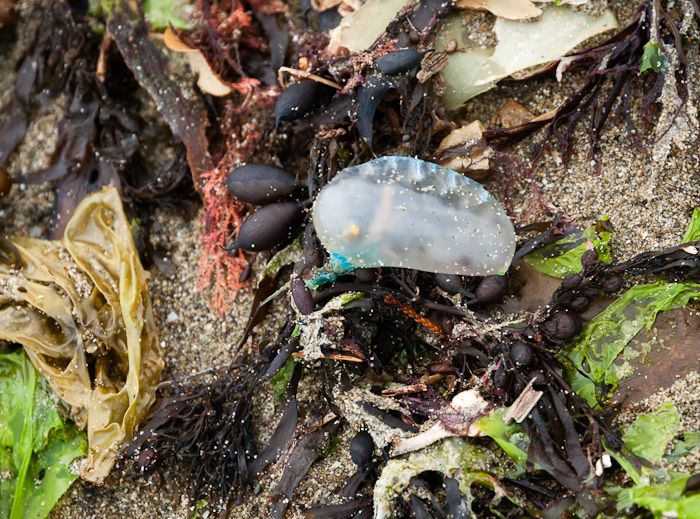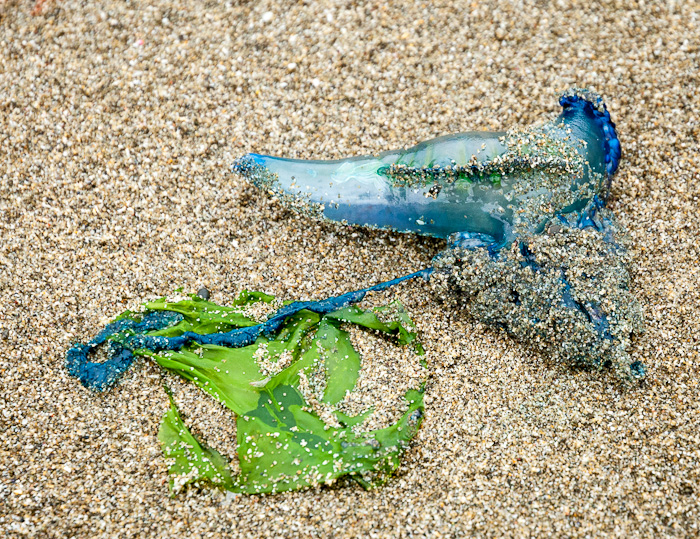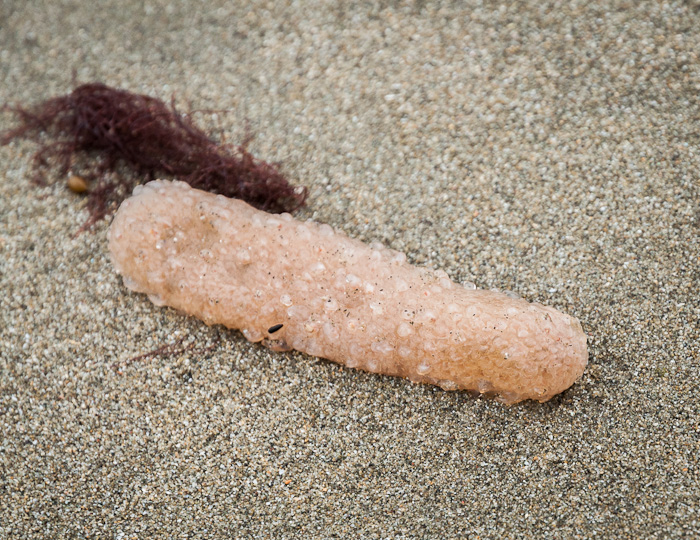Three stones piled and balanced carefully on a tree stump on the stony beach - put together by hands unknown. A rather special little sculpture.
I reckon it is lots of fun to try and balance things, especially when it is challenging. But when I see these constructions I see more than playfulness. They could be a call for balance. And we really are facing a challenge to be balanced in the way we care for the natural environment. Even the vast sea is under threat from our activities.
Our government gave the green light to exploratory drilling for deep sea oil in the waters around New Zealand. So much for vision and future focus! The Anadarko Texan oildriller is right now heading to a site in the Tasman Sea, off the west coast of the North Island near Raglan. The Oil Free Seas flotilla of small yachts ( http://oilfreeseasflotilla.org.nz/ ) is occupying the site and tomorrow a "Banners on the Beach for Oil Free Seas" day is being held along the coastline to support the flotilla and protest this risky and inherently damaging venture.
It isn't just that there is a risk of an oil spill - some modelling suggests that if something goes wrong, oil could contaminate beaches along much of the North Island's west coast. Even if it isn't a Deepwater Horizon type gusher, a slow leak could cause incredible harm. And goodness knows how they imagine they will manage an oil spill out on the open ocean, given the trouble they had with the grounded Rena. I think they just cross their fingers and call it risk management. All this in order to get more fossil fuels to burn, and accelerate global warming. So it's two ways of damaging the precious ocean.
The banners on the beach will read "Stop Deep Sea Oil." I think we must try to find some sanity. Our lack of balance in how we treat the environment means the changes we fear are already afoot. Warming and increased weather extremes are already here.
So whoever makes these constructions and whatever their motivation, thank you for the pleasure of your imagination and flair, and for reminding us about the importance of balance. And I think we are up to the challenge. It could be a great adventure to find balance in how we treat this good earth.




